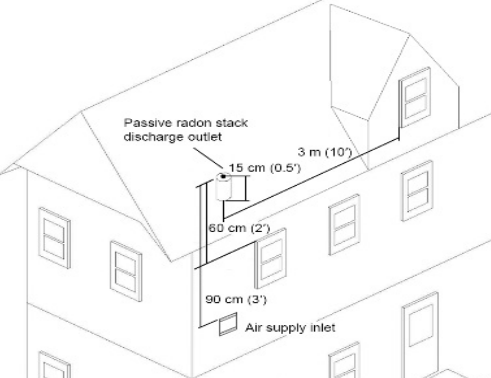Radon is a colorless, odorless, and tasteless radioactive gas resulting from the natural decay of uranium in soil and rocks. It can infiltrate homes through ground-contact openings, such as basements and crawl spaces, potentially elevating lung cancer risk with high indoor concentrations. (Government of Canada Radon Guideline)


Recent Comments